On November 30, 2022, OpenAI releases Chat GPT, an optimized language model for dialog and chatbot. ChatGPT is the most advanced chatbot in the world.
Once ChatGPT became available, it got a lot of attention and traffic and was talked about a lot in different online forums. What is it about ChatGPT that has people so enamored? We will go into more detail about ChatGPT in this article.
Table of Contents
What is ChatGPT?
ChatGPT, or Generative Pre-training Transformer, is a type of language model developed by OpenAI that is particularly useful for natural language processing (NLP) tasks such as language translation, summarization, and text generation. As a result, it has a wide range of potential applications, including chatbot tools, and extentions.
ChatGPT’s ability to generate human-like text responses in response to requested questions or statements is one of its most notable features. Because of this, it can be used in a wide range of applications, including developing chatbots for use in customer service, generating responses to questions posed in online discussion forums, and even creating custom content for your business. use in social media posts.
How does ChatGPT work?
To use ChatGPT for chatbot applications, you would typically set up a system where the user can enter text (for example, through a chat interface), and the chatbot will use ChatGPT to generate a response based on user input. The chatbot system would place the user’s text into the GPT model, which would then predict the most likely next words in the conversation. The chatbot would then select the predicted words that it thinks are the most appropriate response and send them to the user.
It is important to note that GPT is a statistical model, so it does not have the ability to understand the meaning of words or concepts in the same way that a human does. Instead, you can generate text similar to the human-generated text based on patterns you’ve learned from the training data set. As a result, the quality of the output generated by GPT will depend on the quality and diversity of the training data, as well as the specific task and the context in which it is used.
Steps of Use ChatGPT:
Here are the steps that you might follow to use ChatGPT (Generative Pre-training Transformer) for chatbot applications:
- Obtain a ChatGPT model: You will need to obtain a trained GPT model that you can use for your chatbot application. There are several ways to do this, including using a pre-trained model provided by OpenAI or training your own model using a large dataset of text.
- Set up a chat interface: You will need to set up a way for users to input text and for the chatbot to output responses. This could be a simple chat interface on a website or a more complex system that integrates with messaging platforms or other applications.
- Pre-process user input: Before inputting the user’s text into the GPT model, you may need to pre-process the text to clean it up and make it easier for the model to work with. This might include tasks such as tokenization (splitting the text into individual words or symbols), lowercasing, and removing punctuation.
- Feed user input into the GPT model: Once you have the user’s text in a suitable format, you can input it into the GPT model. The model will then generate a prediction of the next words in the conversation based on the input text.
- Select and post-process the model’s output: The GPT model will generate a list of predicted words, but not all of these words may be appropriate for the chatbot to use in its response. You will need to select the predicted words that are most appropriate for the chatbot to use, and post-process them as needed (e.g., by adding punctuation or capitalization).
- Output the response: Once you have selected and post-processed the predicted words, you can output them to the user as the chatbot’s response.
It’s worth noting that these are just general steps and the specific implementation details will depend on the specific chatbot application and the tools and resources that you are using.
Read Also: Who Owns ChatGPT?
ChatGPT Examples for Users:
Here are a few examples of how a chatbot using ChatGPT (Generative Pre-training Transformer) might respond to user input:
- User: “Hello, how are you today?” Chatbot: “Hi there! I’m an artificial intelligence, so I don’t have feelings in the same way that humans do. However, I’m functioning properly and am here to assist you with any questions or tasks you have.”
- User: “Can you tell me a joke?” Chatbot: “Sure! Here’s a joke: What do you get when you cross a snowman and a vampire? Frostbite!”
- User: “What is the capital of France?” Chatbot: “The capital of France is Paris.”
- User: “What is the meaning of life?” Chatbot: “The meaning of life is a philosophical question that has been debated by scholars and thinkers for centuries. Different people and cultures have their own ideas about what the meaning of life is, and there may not be a single, definitive answer.”
It is important to note that the quality of responses generated by a chatbot using GPT will depend on the quality and diversity of the training data, as well as the specific task and context in which it is used. In general, GPT is better at generating responses that are similar to human-generated text, but it does not have the ability to understand the meaning of words or concepts in the same way that a human does.
The Application of ChatGPT
Here are a few examples of how chatbots using GPT might be used:
- Customer service: Chatbots using ChatGPT could be used to provide automated customer service by answering questions and resolving issues that customers might have. This could be done through a chat interface on a company’s website or through a messaging platform such as Facebook Messenger.
- Language translation: Chatbots using GPT could be used to translate text from one language to another in real-time. This could be useful for language learners or for people who need to communicate with others who speak a different language.
- Personal assistants: Chatbots using GPT could be used as personal assistants that can help users with tasks such as scheduling, making travel arrangements, and looking up information online.
- Education: Chatbots using GPT could be used to provide personalized learning experiences by generating customized lessons and exercises based on a student’s needs and progress.
- Social media: Chatbots using GPT could be used to generate content for social media platforms, such as generating text for posts or creating original images based on text descriptions.
It’s worth noting that these are just a few examples, and the potential applications of chatbots using GPT are almost limitless. As technology continues to advance, we are likely to see more and more chatbots using GPT and other advanced language models in a wide range of industries and applications.
The Technical Principle of ChatGPT
The technical principle behind ChatGPT is to use a large text dataset to train a model that can generate human-like text by predicting the next word in a sequence given previous words. The model is trained using a technique called pretraining, where it is fed a large set of text data and learns to predict the next word in the sequence. Once the model has been trained, it can be tuned for specific tasks, such as translation or summarization, by providing it with additional training data for that task.
GPT works using an encoder-decoder architecture, where the encoder processes the input text and the decoder generates the output text. The model is trained using a variant of the transformative architecture, which uses self-service mechanisms to allow the model to process input text in a way that takes context and relationships between words into account.
In general, the technical principle behind GPT is to use a large text dataset to train a neural network-based model that can generate human-like text by predicting the next word in a sequence given previous words. This is accomplished using a transformer architecture and a pre-train and tune approach.
Who Developed ChatGPT
It was developed by a team of OpenAI researchers, including Alec Radford, Karthik Narasimhan, and Yunhao Tang.
The ChatGPT model was introduced in a research paper titled “Language Models Are Unsupervised Multitasking Learners” which was published in 2019. The paper described the technical details of the model and how it could achieve state-of-the-art performance in a variety of language tasks. NLP, including language translation, summaries, and text generation.
Since its introduction, GPT has become a widely used and influential technology in the field of NLP and has been used to create a variety of applications, including chatbots. Research and development of GPT and other language models is an ongoing process, and we are likely to see continued advances in the capabilities and performance of these models in the future.
How Much Data Is Used to Train ChatGPT
Chat GPT, or Generative Pretraining Transformer, is a type of language model developed by OpenAI that has been trained on a very large text dataset to generate human-like text. The exact size of the data set used to train GPT depends on the specific version of the model, but is typically in the range of billions of words.
For example, the original Chat GPT model, which was presented in a research paper in 2019, was trained on a dataset of 8 million web pages, totaling more than 40 billion words. Other versions of the model, such as GPT-2 and GPT-3, have been trained on even larger data sets, and GPT-3 has been trained on a data set of more than 10 trillion words.
It is worth noting that the size of the training data set is only one factor that can affect the performance and capabilities of a language model like GPT. The quality and diversity of the data are also important, as is the specific task and context in which the model will be used. Additionally, the model architecture and training method can also play a role in model performance.
Is ChatGPT Free to Use?
The model itself is not freely available as it is a proprietary technology developed by OpenAI. However, OpenAI makes some of its models and other resources freely available to researchers and developers who are interested in using them for research or development purposes.
For example, OpenAI has released several versions of a chatbot, including GPT-2 and GPT-3, under an open-source license, which allows researchers and developers to use and modify the models for non-commercial purposes. However, the models are not free to use for commercial purposes, and OpenAI charges fees for the commercial use of its models and other resources.
In addition, OpenAI has released a number of tools and libraries that make it easy for researchers and developers to use its models, including tools for training and tuning language models, as well as tools for deploying models in production environments. These tools and libraries are generally available for free, although some may have certain usage limitations or require users to sign up for an API key.
In general, while ChatGPT itself is not free to use, there are a number of resources and tools available from OpenAI that can make it easier for researchers and developers to use the model for research and development purposes.
Read Also: What is Chat GPT Pro?
ChatGPT Ask Result Vs. Google Search Result
ChatGPT Ask Result
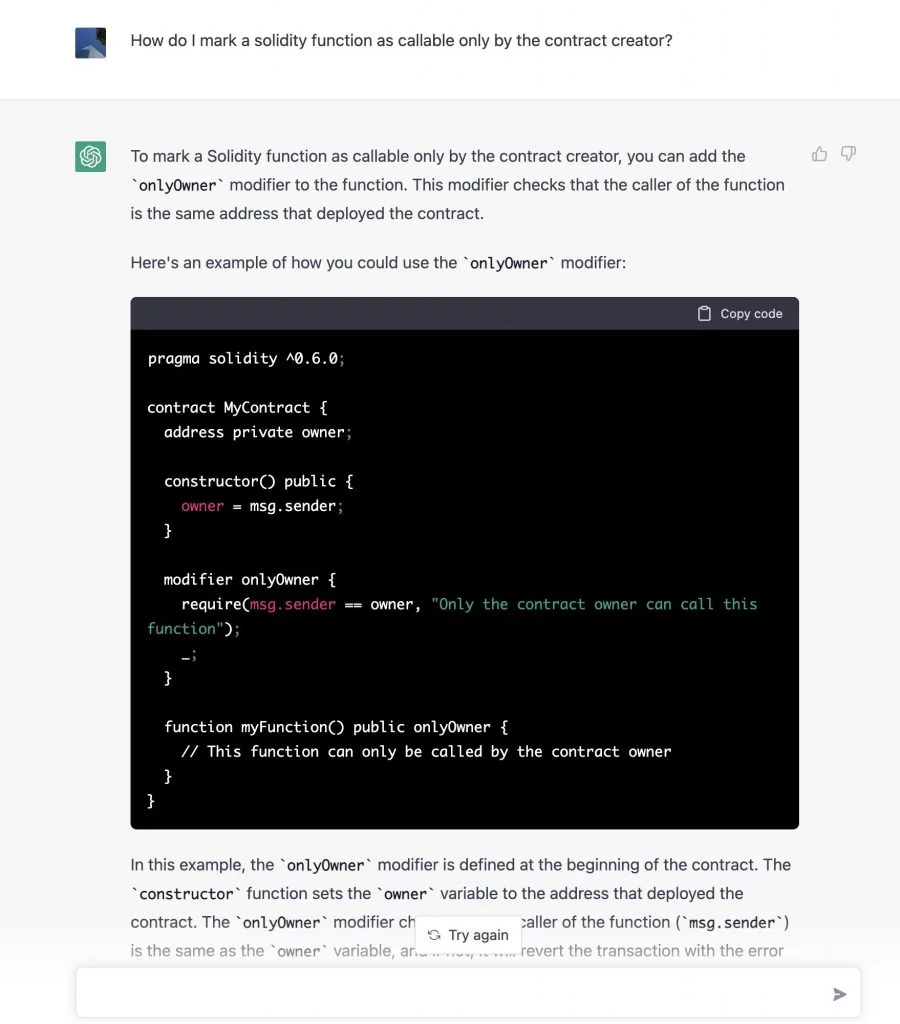
Google Search Result
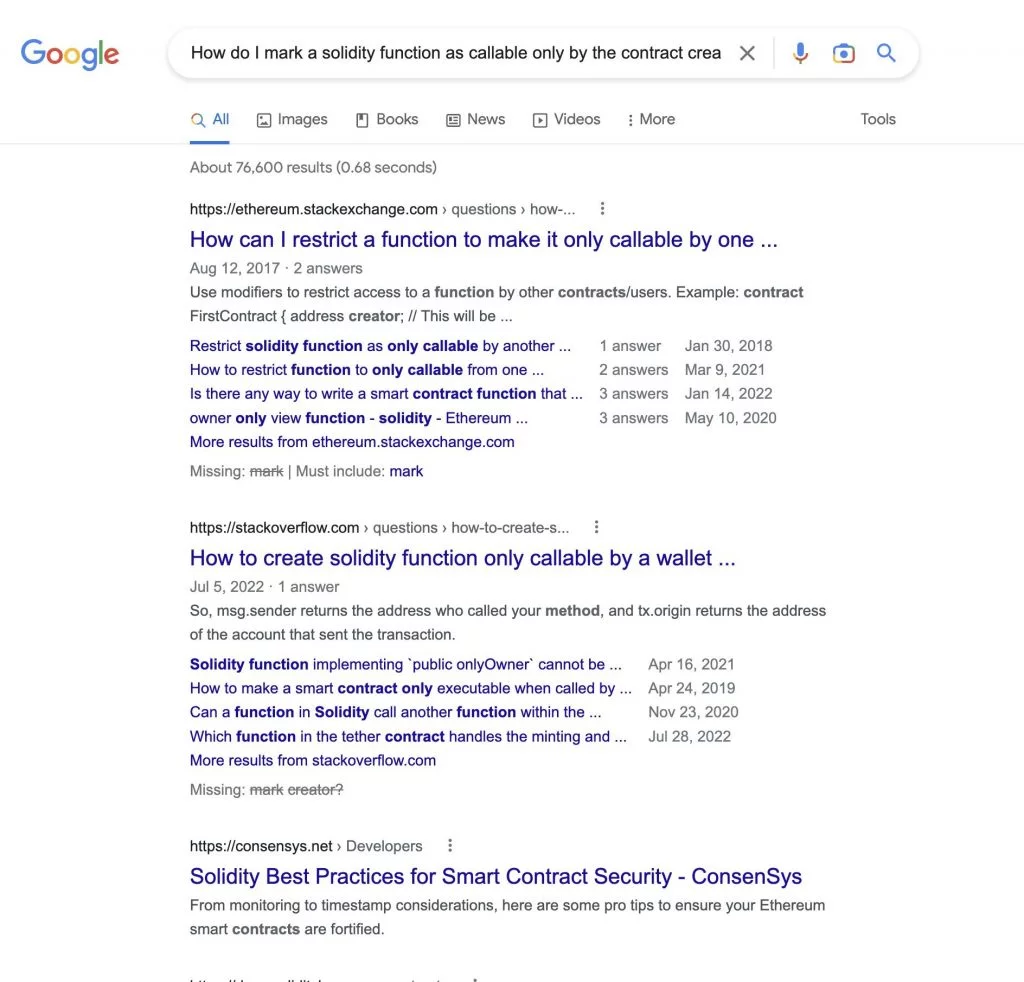
From the comparison of the results of the two, the chatbot has surpassed Google in the clarity and practicality of some question-and-answer results.
The Limitations of ChatGPT
While ChatGPT has been very successful in these tasks and has achieved state-of-the-art performance, it does have certain limitations that are important to be aware of.
One limitation of ChatGPT is that it is a statistical model, which means that it does not have the ability to understand the meaning of words or concepts in the same way that a human does. Instead, it is capable of generating text similar to human-generated text based on patterns it has learned from the training data set. As a result, the quality of the output generated by GPT will depend on the quality and diversity of the training data, as well as the specific task and the context in which it is used.
Another limitation of GPT is that it can sometimes generate responses that are inappropriate or offensive, especially if the training data includes such content. This is because the model does not have the ability to understand the social or moral implications of its result and simply generates text based on the patterns it has learned from the training data.
Additionally, ChatGPT and other language models can be resource intensive to use, as they often require a significant amount of computing power to run. This can make it difficult to use these models in real-time applications or in resource-constrained environments.
In general, while GPT is a powerful and useful tool for NLP tasks, it is important to be aware of its limitations and use it appropriately for the specific task and context.
Why Is ChatGPT so Good?
There are several reasons why ChatGPT has been so successful in these tasks:
- Large training dataset: GPT has been trained on a very large dataset of text, which has allowed it to learn the patterns and structures of human language to a high degree of accuracy. The larger the training dataset, the more information the model has to learn from, which can improve its performance.
- Pre-training and fine-tuning: GPT uses a technique called pre-training, where it is fed a large dataset of text and learns to predict the next word in the sequence. This allows the model to learn a general understanding of language that can be fine-tuned for specific tasks. By fine-tuning the model on additional data for a specific task, it can learn to perform that task more accurately.
- Transformer architecture: ChatGPT uses a transformer architecture, which allows the model to process the input text in a way that takes into account the context and relationships between words. This makes it particularly well-suited to tasks such as language translation, where the meaning of a word can depend on the words that come before and after it.
- Continuous learning: ChatGPT is able to learn continuously, meaning that it can continue to improve its performance as it is fed more data. This can make it more flexible and adaptable than models that are trained on a fixed dataset.
Overall, ChatGPT’s success is due to a combination of factors, including its large training dataset, pretraining and fine-tuning approach, transformer architecture, and ability to continuously learn. These factors have enabled him to achieve cutting-edge performance in a variety of NLP tasks.
Try ChatGPT For Free Now
While the GPT model itself is not freely available, OpenAI makes some of its models and other resources freely available to researchers and developers who are interested in using them for research or development purposes.
To use GPT for free for research or development purposes, you can follow these steps:
- Go to the OpenAI website (https://openai.com/) and create an account.
- Select the “Models” tab in the top menu and choose the version of GPT that you are interested in using.
- Follow the instructions on the model page to access and use the model. This may involve installing the necessary software and libraries and obtaining an API key.
- Once you have access to the model, you can use it to generate text or perform other NLP tasks by inputting the appropriate data and running the model.
How to sign up for ChatGPT?
If you are interested in using ChatGPT for research or development purposes, you can access the model and other resources from OpenAI through the following steps:
- Go to the OpenAI website (https://openai.com/) and click on the “Sign Up” button in the top right corner of the page.
- Fill out the sign-up form, including your name, email address, and password.
- Click the “Create Account” button to create your account.
- You should receive an email from OpenAI with a link to verify your email address. Click the link to complete the sign-up process.
- Once you have signed up and verified your email address, you can access the GPT model and other resources from OpenAI by logging in to your account and navigating to the “Models” tab in the top menu.
ChatGPT FAQs
How does ChatGPT work?
ChatGPT uses natural language processing technology to understand and generate responses to questions and statements that it receives.
Who owns ChatGPT?
Owned by OpenAI company.
Is ChatGPT accurate?
ChatGPT is designed to provide accurate and helpful information to the best of its ability, but it is not perfect and may not always provide the most up-to-date or relevant answers.
Is ChatGPT a free service?
Yes, ChatGPT is a free service now.
Conclusion
Despite its successes, ChatGPT does have certain limitations, including its reliance on statistical patterns learned from the training data and its inability to understand the meaning of words or concepts in the same way that a human does. Additionally, ChatGPT and other language models can be resource-intensive to use, which can make it challenging to use them in real-time applications or in resource-constrained environments.
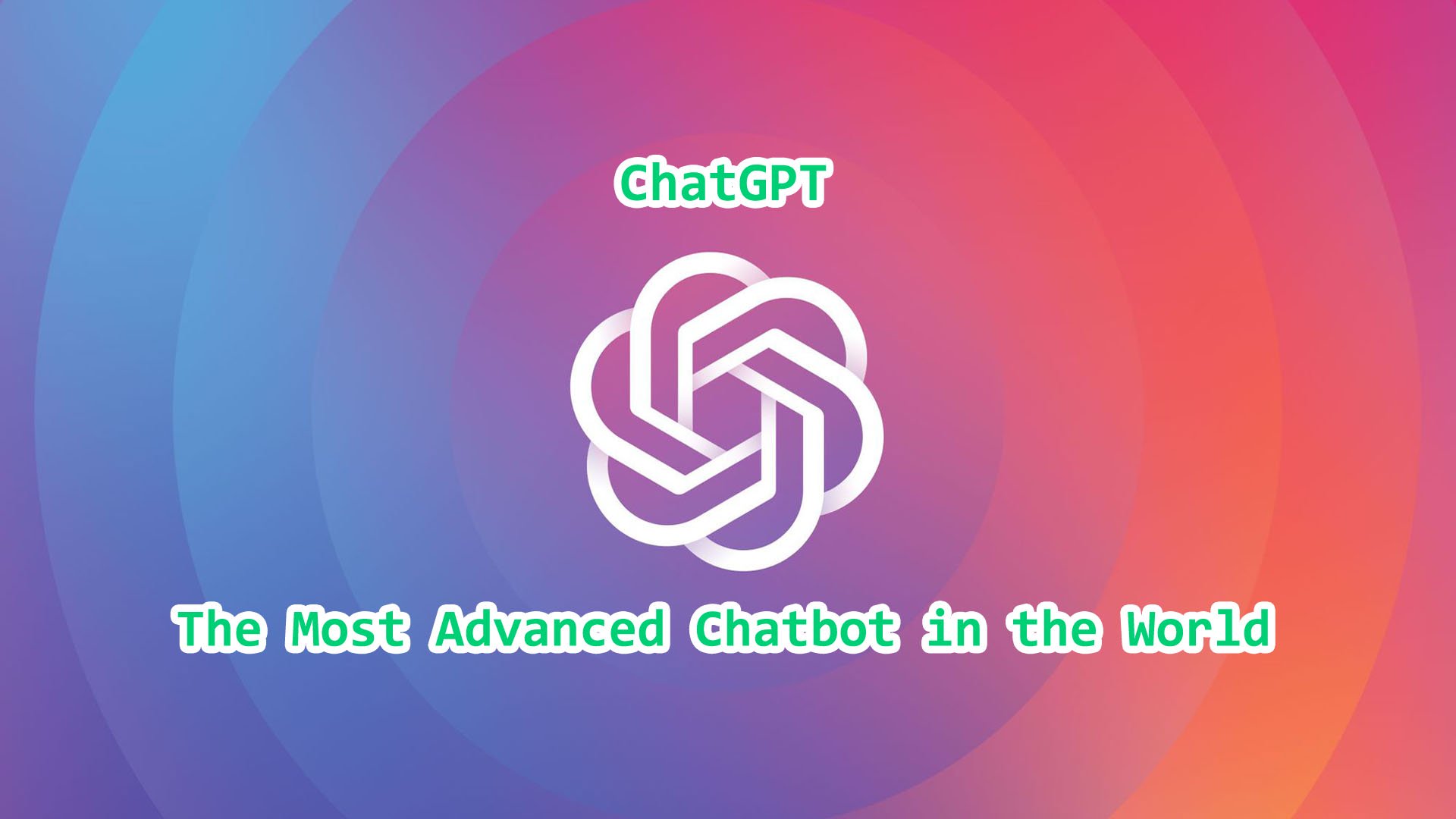


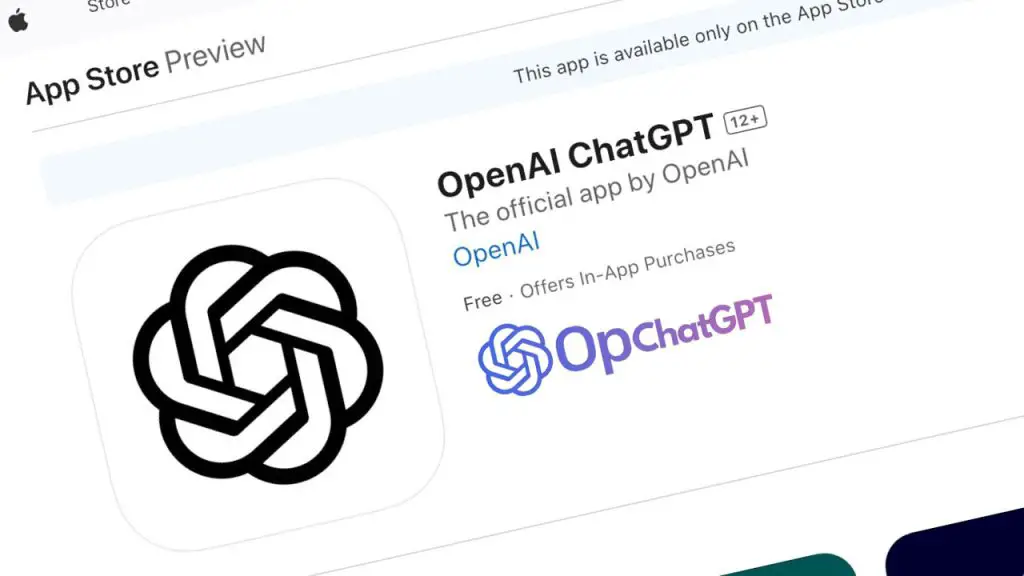
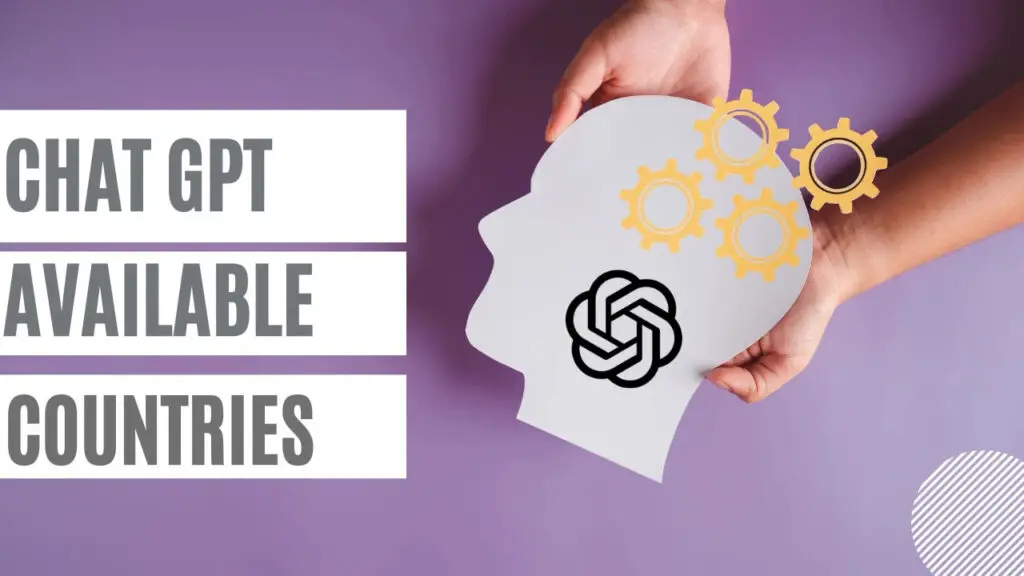
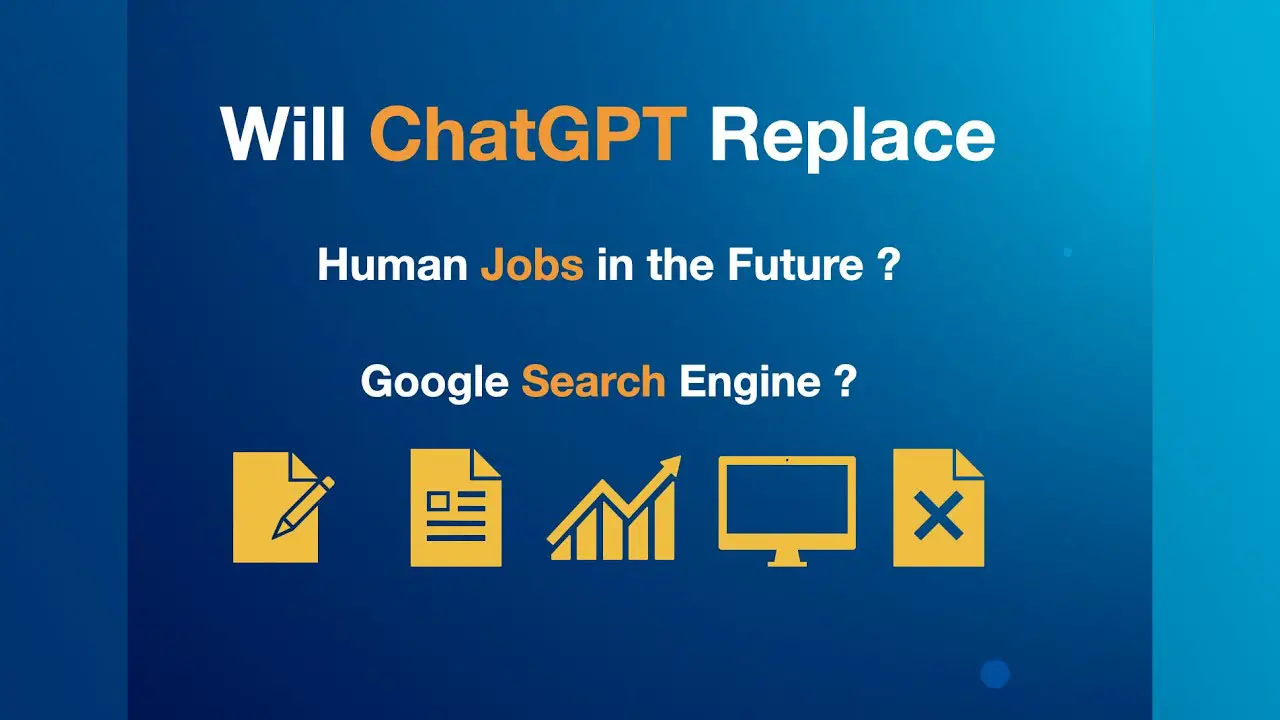

how I grow my channel plz help me